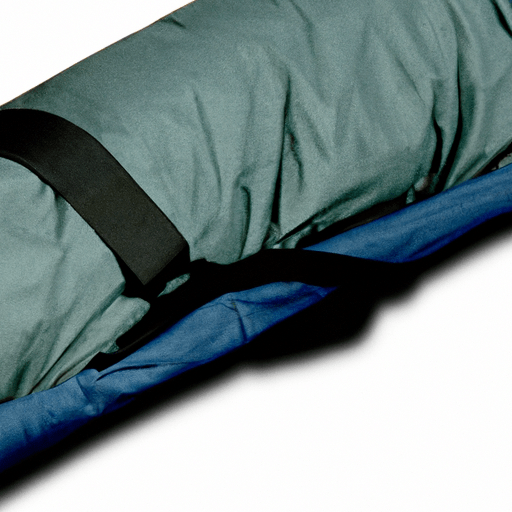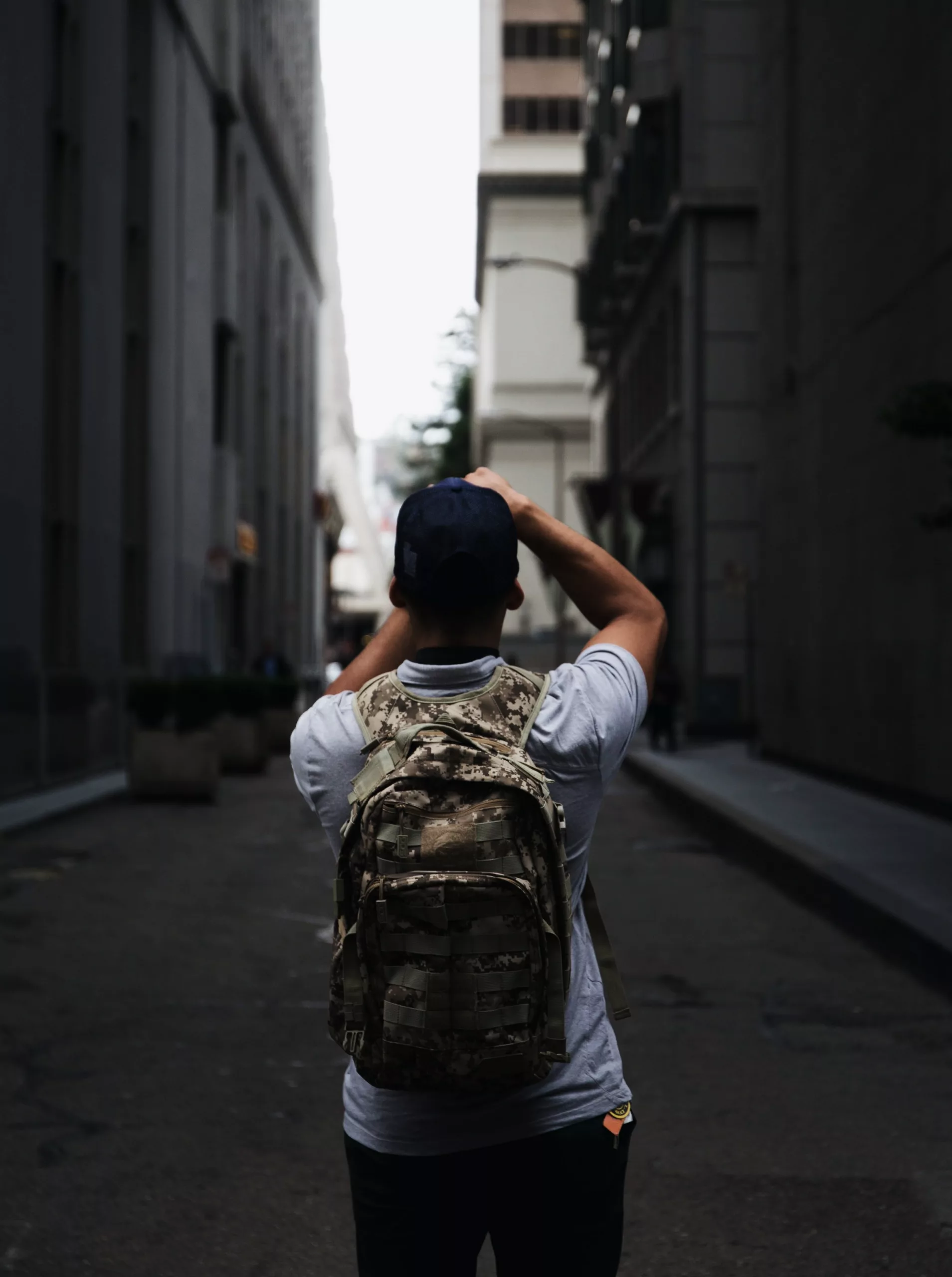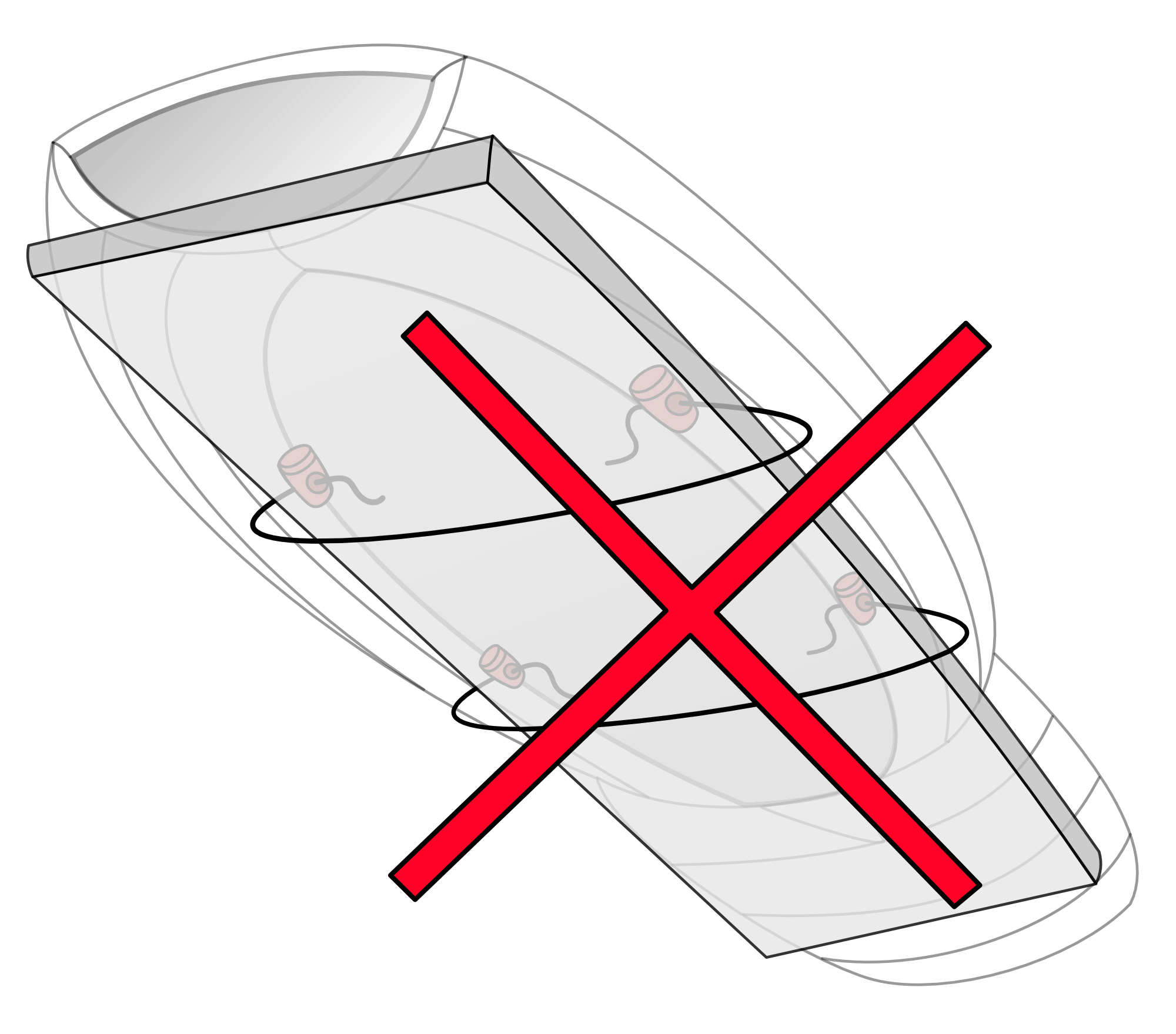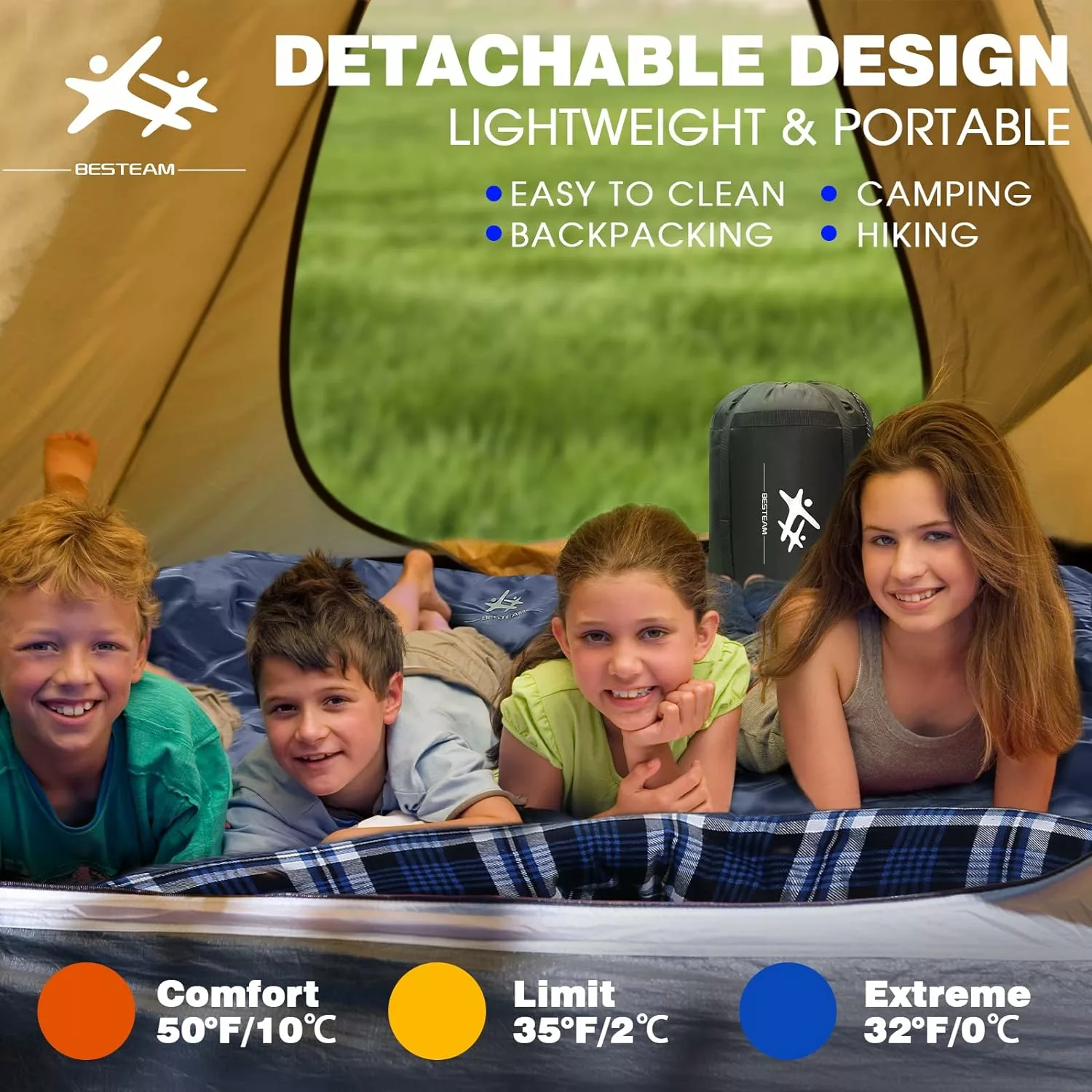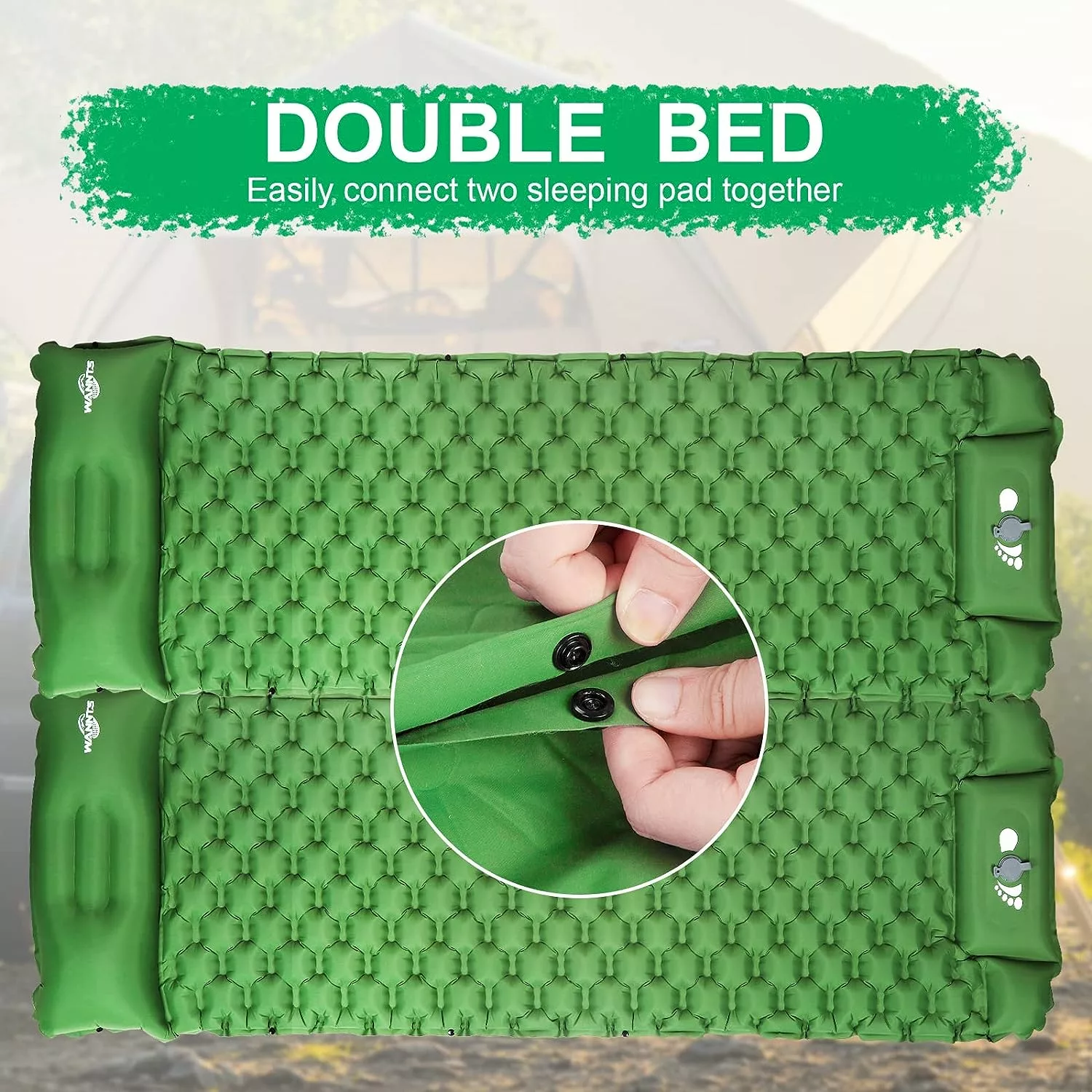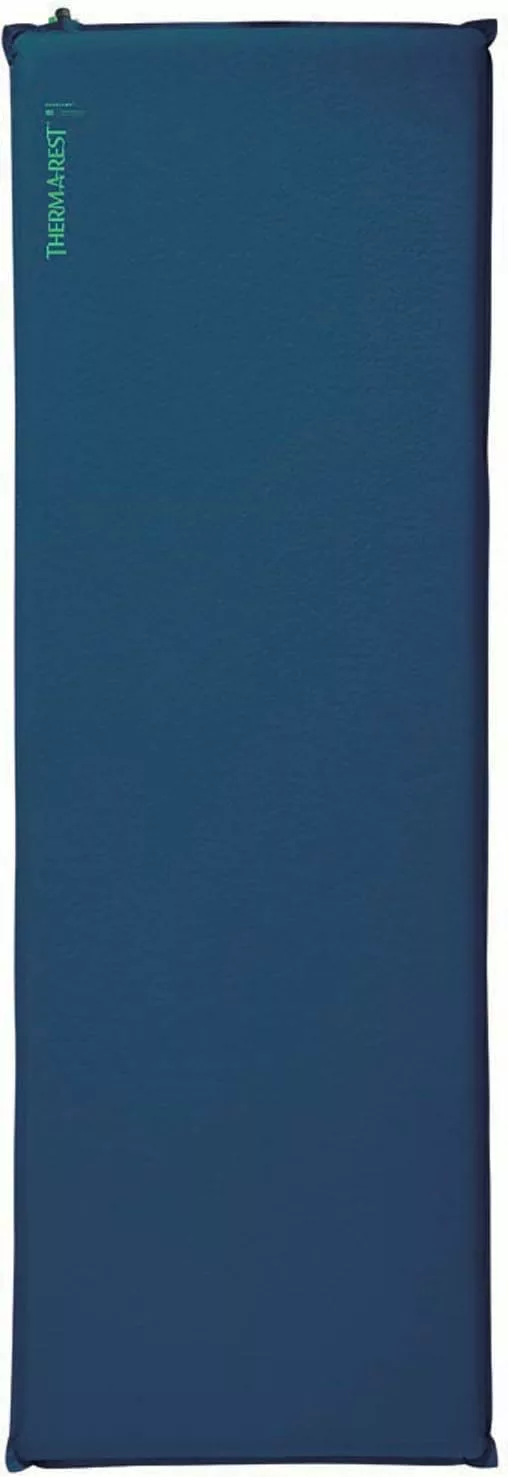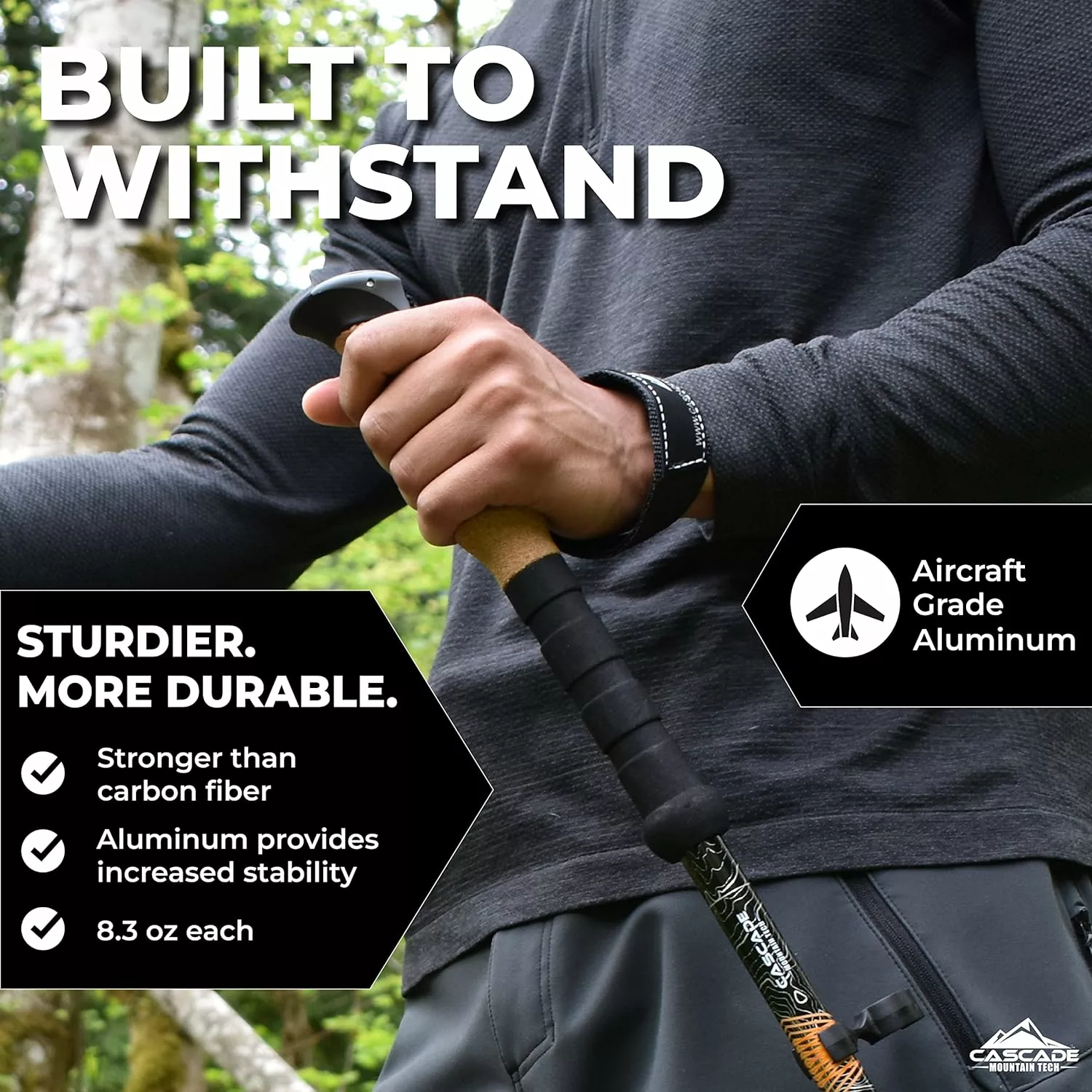You know that feeling when you’re out on a backpacking trip, just you and the great outdoors, and all you can think about is finding the perfect spot to rest your weary body? Well, we’ve got you covered! In this article, we’re going to share with you some efficient ways to secure your sleeping pad onto your backpack. No more hassle of carrying it separately or worrying about it falling off along the trail. We’ve got the tips and tricks you need to ensure a comfortable and secure sleep on your next adventure. So let’s get started!

Understanding the Importance of Properly Securing a Sleeping Pad
Properly securing a sleeping pad is essential for a number of reasons. Firstly, it helps prevent damage to the sleeping pad during travel. If not secured properly, the pad could get punctured or torn, rendering it useless for future trips. Additionally, properly securing the sleeping pad ensures maximum comfort during travel. Nobody wants to hike or camp with a lumpy or shifting sleeping pad. Lastly, securing the sleeping pad properly helps avoid loss or misplacement. A securely attached sleeping pad is less likely to be left behind or fall off the backpack during your outdoor adventures.
Selecting the Right Backpack for Sleeping Pad Attachment
When choosing a backpack for sleeping pad attachment, there are a few factors to consider. Look for backpacks with external attachment points specifically designed for securing sleeping pads. These attachment points can be either straps or loops that allow you to easily secure the pad. Additionally, consider the size and capacity of the backpack. Make sure it has enough space to accommodate the size of your sleeping pad. Lastly, consider the material of the backpack for durability and weight. Look for backpacks made from lightweight yet durable materials that can withstand the demands of outdoor activities.
Types of Sleeping Pads and Their Securing Requirements
There are various types of sleeping pads available, each with different securing requirements. Inflatable sleeping pads, as the name suggests, require inflation before use. These pads typically come with their own stuff sacks or straps for easy attachment to a backpack. Closed-cell foam sleeping pads are lightweight and do not require inflation. They can be folded or rolled up for convenient packing and typically have built-in straps for attachment. Self-inflating sleeping pads combine the benefits of both inflatable and foam pads, and their securing requirements are similar to inflatable pads.
Basic Methods of Fastening Sleeping Pads to a Backpack
One of the simplest ways to secure a sleeping pad to a backpack is by using the built-in straps on the backpack. These straps are usually located on the sides or bottom of the backpack and can be adjusted to hold the sleeping pad securely. When fastening the sleeping pad, consider the placement and balance to ensure a comfortable carrying experience. The pad should be evenly distributed to avoid any additional strain on your back. If your backpack does not have built-in straps, there are alternative methods available, such as using additional straps or cords.

Using External Straps to Secure the Sleeping Pad
Using external straps is another effective method for securing a sleeping pad to your backpack. When choosing straps, make sure they are durable and strong enough to hold the weight of the pad securely. Position the sleeping pad against the backpack and loop the straps through the attachment points, tightening them to ensure a snug fit. It is important to strike a balance between a tight hold and safety – the straps should be tight enough to prevent the pad from moving, but not so tight that it damages the pad or affects your comfort.
Placement Options for Secure Sleeping Pad Attachment
There are several placement options for securing a sleeping pad onto your backpack. One option is to attach the sleeping pad to the bottom of the backpack. This placement keeps the weight low and centered, providing better balance during your outdoor adventures. Another option is to fasten the sleeping pad vertically along the back of the backpack. This allows for easy access and doesn’t interfere with your movement. Lastly, you can strap the sleeping pad at the front of the backpack, which can be convenient if you need to remove or use the pad frequently.

Securing Sleeping Pads in Different Weather Conditions
When securing a sleeping pad, it is important to consider the weather conditions you may encounter during your outdoor adventures. In rainy conditions, make sure to protect the sleeping pad by using a waterproof cover or placing it inside a waterproof stuff sack before attaching it to the backpack. This will prevent moisture from seeping into the pad and potentially damaging it. In windy conditions, ensure that the sleeping pad is tightly secured to prevent it from being blown away. Consider using additional straps or cords for added security. In hot weather, be mindful of where the sleeping pad is attached to the backpack to avoid excessive heat exposure.
Safety Concerns When Attaching a Sleeping Pad
While securing a sleeping pad to your backpack is important, it is equally important to consider safety concerns. Avoid over-tightening the straps or cords, as this can damage both the sleeping pad and the backpack. Be cautious of sharp objects near the attachment points, as they can puncture or tear the sleeping pad. It is also crucial to ensure that the attached sleeping pad does not interfere with your movement or balance. A properly secured sleeping pad should not impede your ability to hike or navigate challenging terrain.
Care and Maintenance for Backpack and Sleeping Pad Gear
Regular care and maintenance of your backpack and sleeping pad gear are essential for longevity and optimal performance. Regularly check for any signs of wear and tear, such as frayed straps or holes in the sleeping pad. Replace any damaged or worn-out parts to avoid potential issues during your outdoor adventures. Proper cleaning and storage of the backpack and sleeping pad are also important. Follow the manufacturer’s instructions for cleaning and store them in a cool, dry place when not in use. Lastly, be mindful of when to replace straps or the sleeping pad itself. Over time, straps can lose their elasticity and become less secure, and sleeping pads can lose their comfort and insulation properties.
Tips and Tricks for Efficient Sleeping Pad Attachment
To enhance the efficiency of securing your sleeping pad onto your backpack, consider using additional gear such as carabiners or bungee cords. Carabiners can be used to attach the sleeping pad to external loops or straps on the backpack, providing added security. Bungee cords can be used for extra reinforcement, especially in windy conditions. Another tip is to pack the sleeping pad inside the backpack, especially if you have limited external attachment points or want to keep the pad protected from external elements. Lastly, explore more efficient packing methods, such as rolling or folding the pad to save space inside the backpack and allow for more gear to be carried.
By understanding the importance of properly securing a sleeping pad, selecting the right backpack, and using the appropriate securing methods, you can ensure a comfortable and hassle-free outdoor experience. Take into consideration the weather conditions, safety concerns, and proper care and maintenance to maximize the lifespan and performance of your gear. With a securely attached sleeping pad, you can embark on your outdoor adventures with peace of mind, knowing that you have taken the necessary steps to ensure your comfort and convenience.
